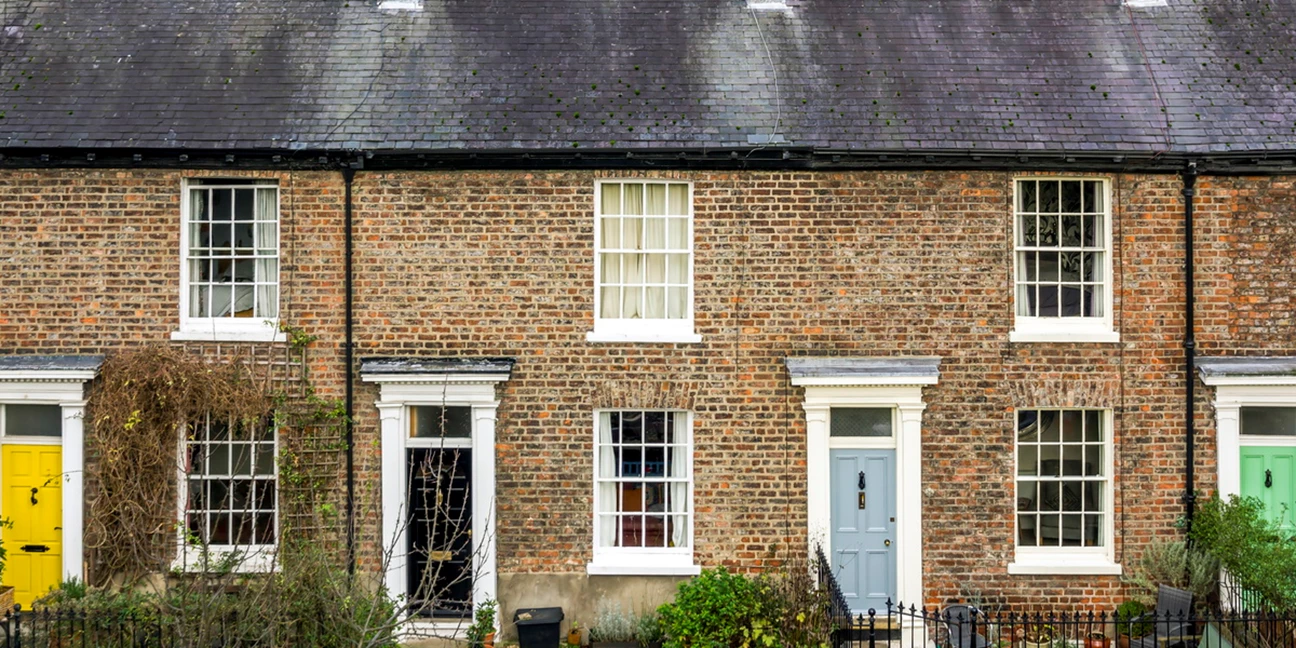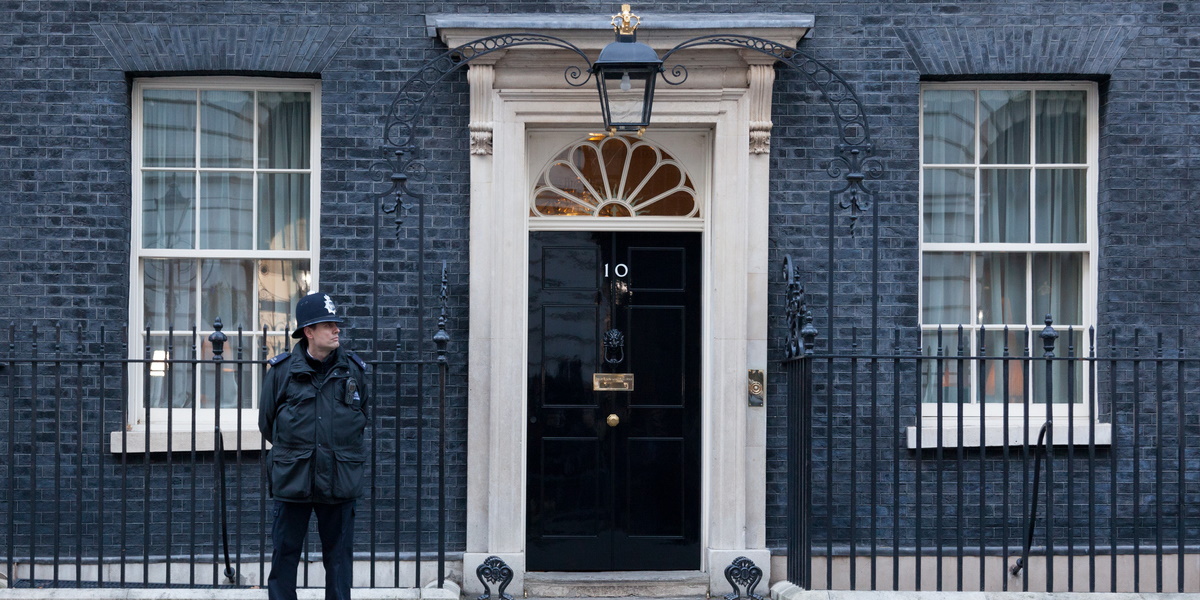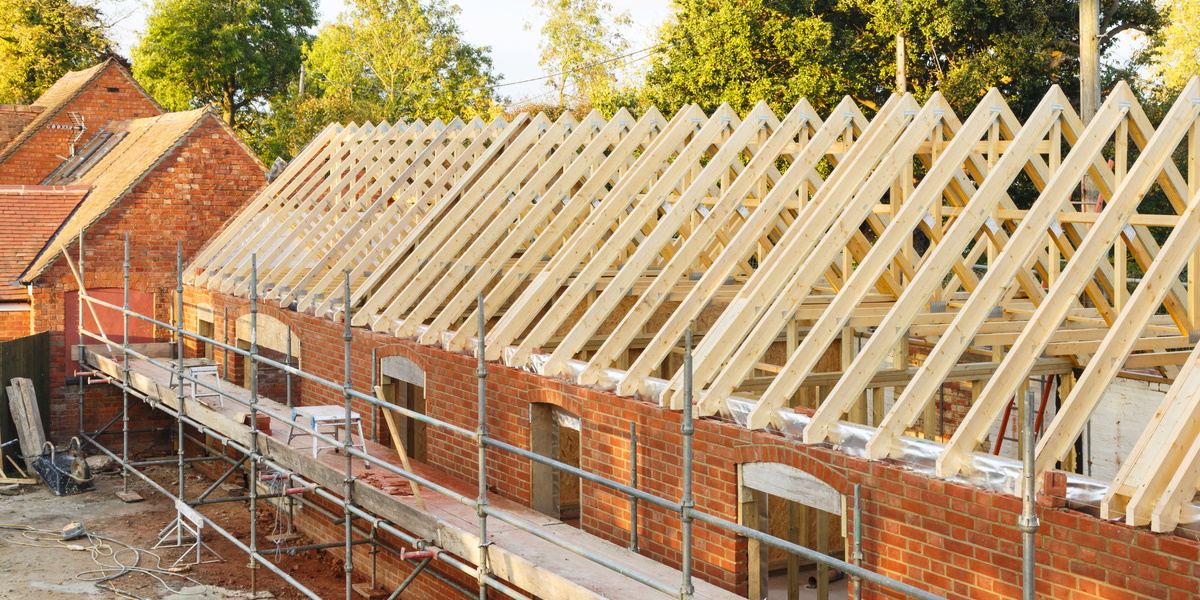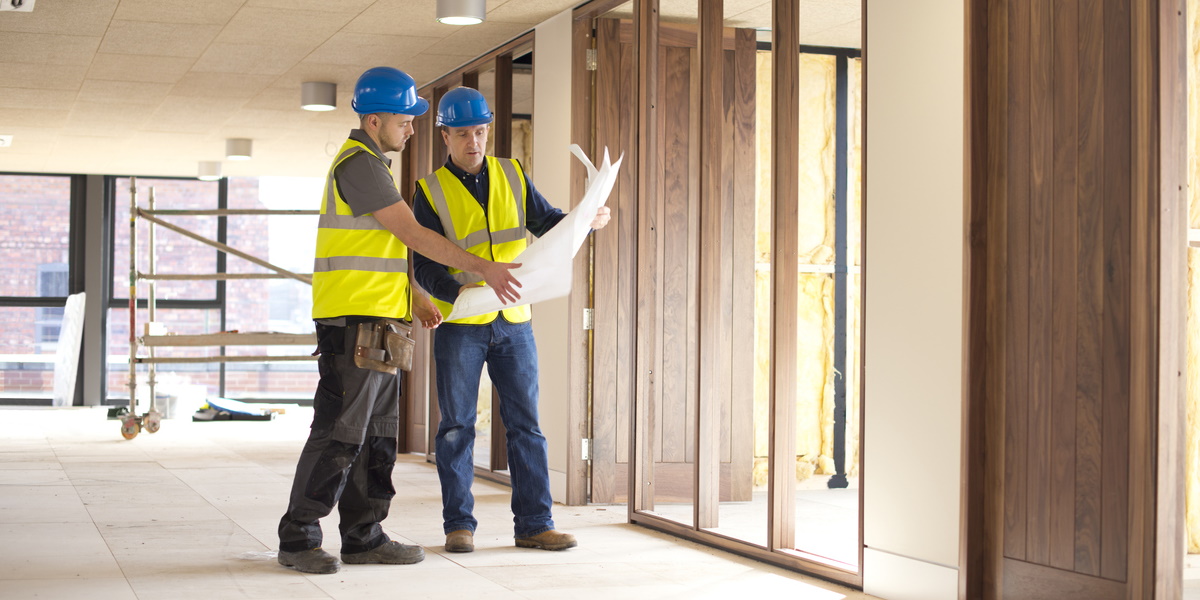
23/07/2021
Boris Johnson’s 95% mortgage scheme: Much ado about nothing
They say you always remember your first, and I’m certainly no different. It was a cramped two bedroom maisonette in Basildon – marketed “cosy” – which I paid £75,000 for back in the early nineties.
Looking at the photo now (below), it wasn’t much perhaps and some of the neighbours left a lot to be desired. The chap downstairs would play ‘Ride on Time’ by Black Box at all hours of the day and night, and thirty years later that song still gives me a headache.
Basildon: A place to call home
Whatever the imperfections, it was a place to call home and like most people I’ve always kept a place in my heart for that first pile of bricks and mortar.
These days, of course, even a place as modest as this would be out of reach for most aspiring First Time Buyers. According to one online property portal, that very same maisonette is now valued at £239,000. A jump of 218% during a period in which wage growth was modest at best and even dipped at times. And it is this disconnect between house prices and wages that is the subject of a new report by the former chief economist at the Council of Mortgage Lenders, Bob Pannell.
Mr Pannell is the country’s pre-eminent housing economist and his observations are always thought-provoking. Titled 'First Time Buying Affordability: The snakes and ladders of the housing ladder’ his white paper – commissioned by Atelier – pulls no punches when assessing the prospects of the government’s much-heralded 95 per cent mortgage scheme. Launched in April, Prime Minister Boris Johnson declared it would “turn Generation Rent into Generation Buy.” A tasty soundbite perhaps, but Mr Pannell is far from impressed, seeing it more as a red herring. He rightly points out that while deposit requirements may now be less onerous, affordability tests are more challenging than ever.
“Regulation now limits most home loans to a maximum of 4.5 times income,” he says. “Yet in 2020 the average property in England cost 7.6 times the average full-time worker’s annual salary.”
“And this mismatch is likely to increase as house prices rise sharply.”
Sluggish salaries trail booming house price growth
It’s hard to take issue. Annual house prices jumps of 10-14 per cent are now the norm across the country as our housing market threatens to go into overdrive. And yet, salaries are rising by only a fraction.
Indeed, I am reminded of a cartoon by Matthew Pritchett in The Daily Telegraph during a previous housing boom. “If you would like see something far, far more expensive . . . ” the estate agent tells the young couple at the end of their viewing, “. . . then of course I am more than happy to take you back here again tomorrow!”
I know I risk provoking a storm of criticism by suggesting the sensible thing now would be to revisit the income multipliers which have become an insurmountable barrier for many. People will be quick to remind me that it was reckless lending and lack of financial oversight which fuelled a property bubble that burst with catastrophic consequences in 2008 – and I get that completely. But it is also true that many of those currently being told they “can’t afford” to buy a home in this country are in fact paying more in rent than they would on a mortgage. And that makes very little sense to me at all.
Urgent shake-up needed
I concur with Mr Pannell when he argues that fresh ideas from lenders and regulators are long overdue if we are to help less well-off buyers get a foot on the ladder.
“The time is fast approaching for fresh market innovations or policy interventions to be considered,” his report concludes. “While 95% LTV mortgages have become more readily available, they come with onerous credit scoring and are set to remain relatively costly.”
“Even if the pricing and availability of such mortgages reverts to pre-Covid levels, most would-be first-time buyers will either not qualify for 95% LTV loans, or will choose to save for a larger deposit.”
Of course, a deft balancing act is required if we are to help more families realise their dreams of home ownership, without risking a further economic crisis.
One solution, perhaps, would be to relax the multiplier rule for those borrowers whose jobs can be considered truly secure: the doctors, nurses, teachers and other key public sector workers who are less threatened by the slings and arrows of economic fortune than, say, those who work in the hospitality sector.
A supporting measure might be to encourage lenders to lock rates for life as they do in the United States.
As it is, only a small handful of UK lenders offer 10-year fixed deals covering 90 per cent of the property’s value. And these deals are rarely straightforward.
Tying longer deals to so-called starter homes, the kind which have fallen out of favour in recent years as developers have sought to make greater profits out of luxury apartments, would inevitably encourage more of them to be built.
And borrowers could be offered the comfort blanket of a ‘no penalty’ clause if they seek to exit the deal after five years.
Tree-lined streets
Whatever the answer, a shake-up is urgently needed in the mortgage market, though as I write this, the Housing Secretary Robert Jenrick is busy announcing a new national model design code to encourage traditional architectural styles on tree-lined streets.
“Our modernisation of the planning system seeks to create not simply more homes, but the beautiful places we all want to live in,” he says in a newspaper column.
Sounds noble, but I wonder how many young families will be able to afford to live on the Housing Secretary’s beautiful tree-lined streets?
With the number of First Time Buyers dwindling, we are now faced with the spectre of a housing market where only the privileged can afford to get on the ladder.
Something which reflects poorly on us as a nation.









